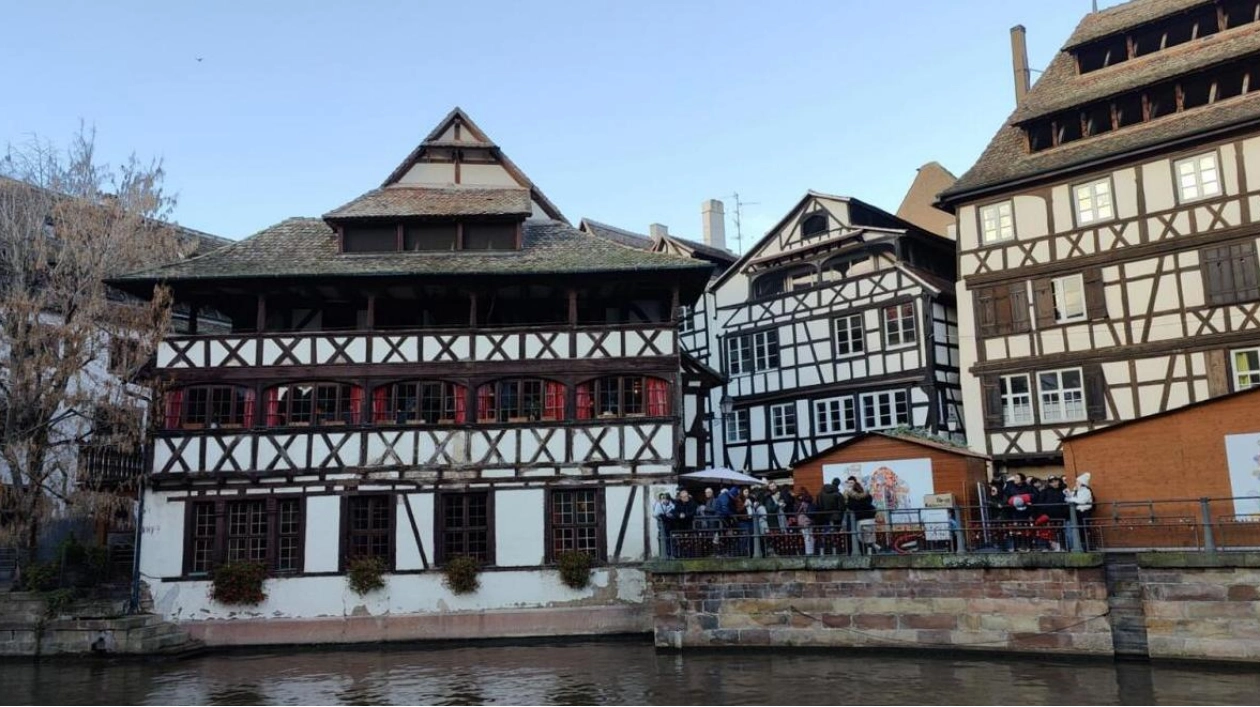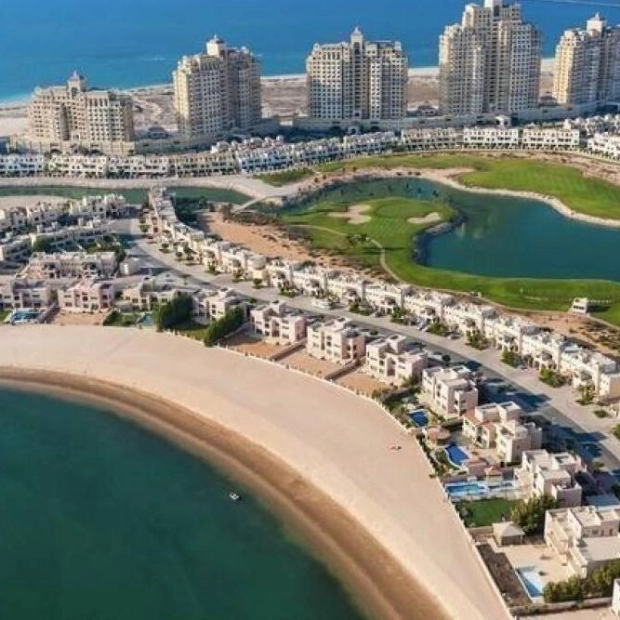Imagine a trip to France and it's no wonder that it evokes visions of breathtaking scenery, magnificent architecture, rich art and cultural encounters, and, naturally, an alluring culinary scene. While Paris undeniably tops the list of popular destinations in the country, Bordeaux, Nice, and Lyon also rank highly among the most frequented spots in the French Republic. However, if you're open to venturing off the beaten path, Strasbourg in northeastern France won't let you down.
Strasbourg, the capital of the Grand Est region (formerly Alsace) and one of the de facto capitals of the European Union alongside Brussels, Luxembourg, and Frankfurt, sits on the eastern border of France with Germany, formed by the Rhine River. Just 2.5 miles west of the Rhine, the city effortlessly fuses influences from both nations, visible in its art, architecture, cuisine, and dialect. Moreover, Strasbourg is a charming blend of the ancient and the modern.
With a history tracing back to the 5th century, Strasbourg boasts numerous historic monuments and a typically French old town, a UNESCO World Heritage Site. This area is filled with cobblestone streets, picturesque canals, bridges, and half-timbered medieval houses, exuding a strong old-world charm. Simultaneously, the city is a pivotal business and commercial hub, housing significant European institutions such as the European Parliament, the Council of Europe, and the European Court of Human Rights. Its port ranks second in France, and its Neustadt (New Town), developed in the early 20th century, exemplifies German urban planning, incorporating various architectural styles like Baroque, Renaissance, and Gothic Revival.
The heart of Strasbourg is the 15th-century Cathedral of Our Lady of Strasbourg, a prime example of Rayonnant Gothic architecture. Construction began in 1015 and concluded in 1439 AD. This architectural wonder, once the world's tallest building for over 200 years, stands as the sixth-tallest church today. The cathedral's single 455-foot tower, adorned with pink Vosges sandstone, features decorated columns, spires, arches, and intricate sculptures. Inside, the cathedral boasts stunning stained-glass windows, including a renowned rose window in the narthex, depicting scenes from the Last Judgement and The Book of Genesis. Another notable feature is the astronomical clock, a masterpiece from 1842, combining the talents of artists, mathematicians, and technicians.
Nearby, the Palais Rohan, often likened to a miniature Versailles, was once the opulent residence of the city's princely bishops. Now, it houses three museums: the Museum of Decorative Arts, the Museum of Fine Arts, and the Archaeological Museum. In Old Town, Gutenberg Square, named after the famous printer Johannes Gutenberg, is a haven for book enthusiasts, with weekly book stalls. Kléber Square, formerly home to Franciscan monks, is another key venue for cultural events and celebrations. Among the antiquated buildings in Old Town, the Kammerzell House near the cathedral stands out as one of the most well-preserved and attractive medieval structures.
A stroll along the landscaped banks of the river Ill leads to the enchanting area of Petite France, originally home to small industries like tanneries. This district, with its crooked medieval houses, canals, locks, and narrow cobbled roads, offers picturesque views straight out of a storybook. The Barrage Vauban and the three brick-built towers of the Ponts Couverts are significant landmarks, serving as the city's western defenses from the 13th to 17th centuries. Strasbourg's culinary scene is equally enticing, offering a blend of French and German flavors. Try local specialties like spaetzle, tarte flambé, and bredele. Beyond Strasbourg, explore the picturesque commune of Marlenheim and its surrounding villages, rich with vineyards and colorful houses, to immerse yourself in the essence of the Alsace region. Colmar, with its fairy-tale ambiance, offers another intriguing day trip, especially the charming La Petite Venise quarter, perfect for a scenic canal cruise.






